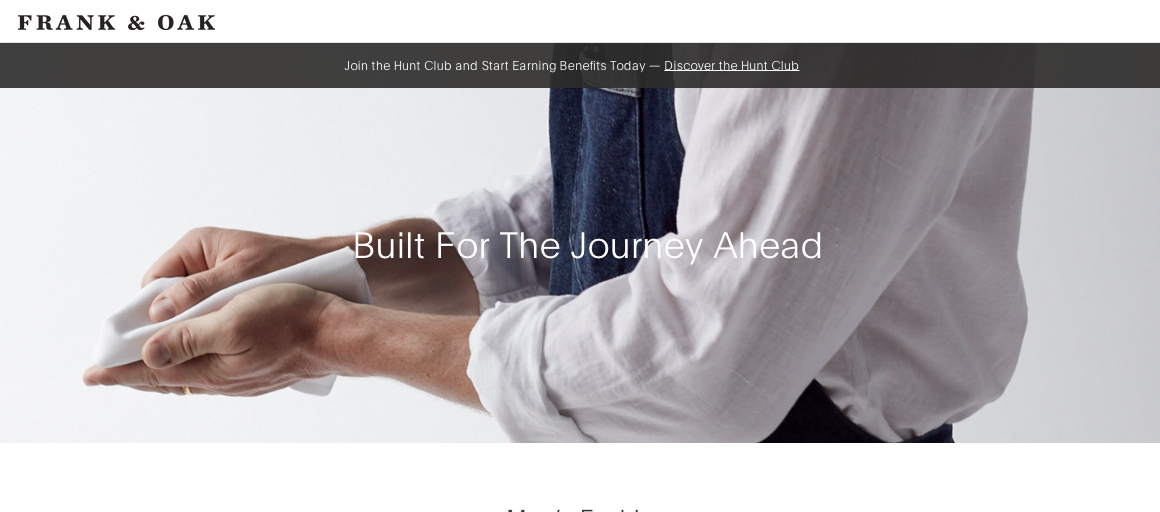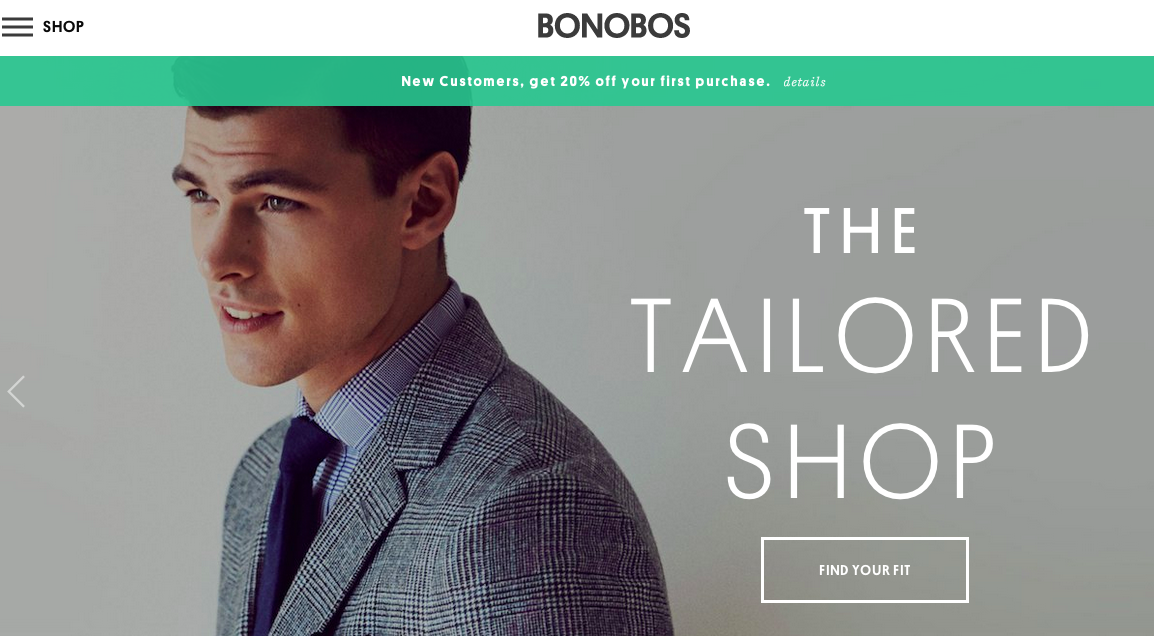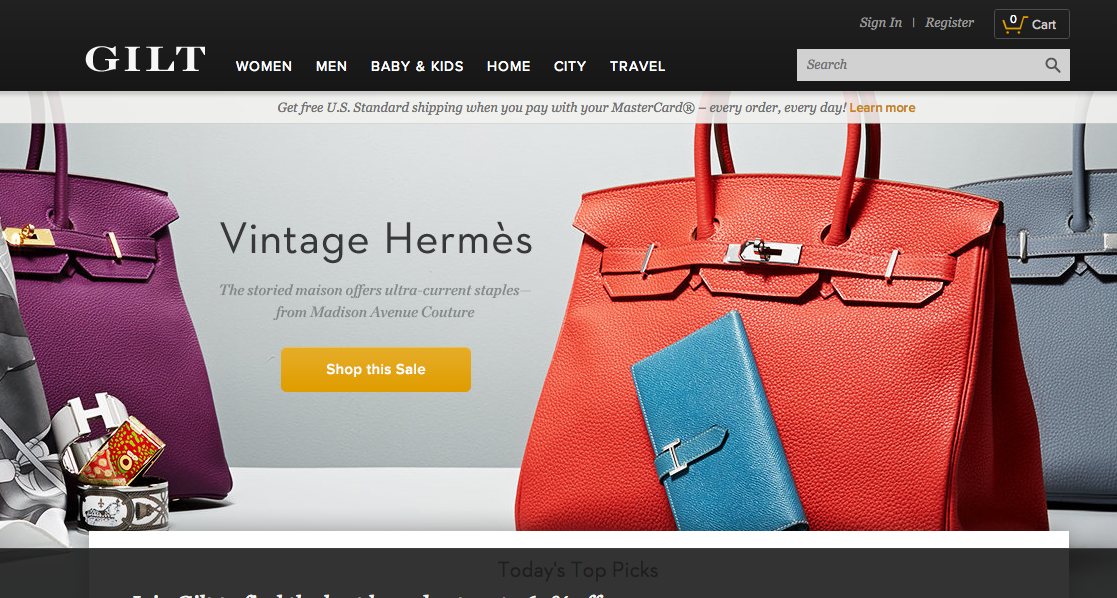Smaller retailers that compete solely on price against large ones, like Amazon, almost always lose. But there are other ways that small retailers can beat Amazon and other large competitors.
Here are five strategies.
1. Fanatical Focus on Customer Service
Most businesses focus on serving shoppers. But for smaller retailers to be successful, they frequently must be obsessive about it and willing to go the extra mile. This could mean an extensive self-service help section, and easily accessible customer service — chat, phone, and email. Also, smaller retailers can offer value-added services to help shoppers find the items they are looking for and, also, share insights on the product the shoppers have selected. All this must be designed to scale so that shoppers do not feel ignored as the retailer grows.
Zappos, the foot and apparel retailer, is a good example of fanatical customer service. Even though Zappos is now large and successful, it still continues to have a customer-focused strategy. It is no wonder that Amazon purchased the company.
2. Nimbleness
A smaller retailer can be more nimble to adjust the shopping experience based on the feedback from its shoppers. A smaller retailer can quickly change the product assortment on its site and optimize it based on customer inputs, A/B testing, and historical tracking of what works and what does not. Smaller retailers can use this nimbleness as a competitive advantage, especially in the earlier stages of the business. They should keep this in mind before signing a long-term contract with a supplier, even though it might look financially attractive.
An example of a retailer that used nimbleness to its advantage is Bonobos, the clothing site. A couple of years after getting started, Bonobos’ customers requested to try out the clothes before buying them. Bonobos listened and opened a small store in its New York headquarters to allow customers to try on the clothes before buying them online. A larger online retailer would likely have debated and spent more time to assess whether to expand into the physical channel. But Bonobos acted on this feedback quickly. This first store was so successful that Bonobos ended up opening similar stores in Boston, San Francisco, Chicago, and other cities. Bonobos has further expanded by selling its clothes in Nordstrom stores.
3. Better Quality
Traditional retailers have relied on similar or better quality white-label goods to generate more revenue. Costco is a good example. Its Kirkland brand competes with almost everything sold in the stores. Smaller online retailers can use a similar strategy to offer products that are better quality than what is available from larger retailers. “Better quality” can mean several different things: better material, less harmful to the environment, more innovative. The better quality should also come with competitive pricing or unique features and functionality to justify the increased price.
Frank & Oak is a small retailer that has used design and technology to produce high quality garments in the crowded men’s fashion space. Frank & Oak has been successful because it is committed to producing a quality product by procuring the best possible fabric and a close attention to detail. It has quickly grown from a small team to almost a hundred people —demonstrating that quality and attention to detail can make a difference even in a competitive market.

Frank & Oak sells only high-quality clothing items.
4. Increased Loyalty
Smaller retailers should know their customers and work on building relationships for greater lifetime value from each one. They should also utilize their customers for word-of-mouth marketing and offer incentives accordingly. Personalized service and a compelling loyalty program with different tiers of incentives can help. The loyalty program can use innovative features, such as accepting points from other programs — airline miles, hotel points — to encourage participants to move to the highest tier. Other innovative strategies could include offering incentives based on the seasons or to shoppers in a specific geographical area. These techniques are often difficult to implement by a large retailer.
Luxury goods retailer Gilt Groupe, no longer a small retailer, has a very effective loyalty program called Gilt Insider. The program has options for members to redeem their points, such as percent discounts, early access to a sale (a big hit), and using points to buy products. This exceptional loyalty program is one of the reasons why Gilt has become such a huge success in a short period of time.
5. Relationship with Vendors
The vendors that supply the goods, the packaging, and the shipping for retailers are also running a business. These vendors often get squeezed by large retailers to offer low-margin prices. Thus, vendors are often pleased to work with a smaller retailer that can respect the vendor’s business and can provide healthy margins.
As an example, say a vendor supplying organic cotton fabric sells it at the rate of $8.80 per yard with a margin of $1.40 per yard. A large retailer may demand $7.50 per yard, and get it. The big retailer is selling 10,000 yards a month, netting the vendor $0.10 per yard with a total gross margin of $1,000. Working with a smaller retailer, the vendor can offer a discounted price of $8.50 per yard and can still make $1,000 by selling only 910 yards of the fabric. This gives the smaller retailers a huge competitive edge, as vendors are motivated to work with smaller merchants versus the larger retailers. This strategy will not work, however, if the small retailer is selling commodity products, as it won’t be able to compete on price.







